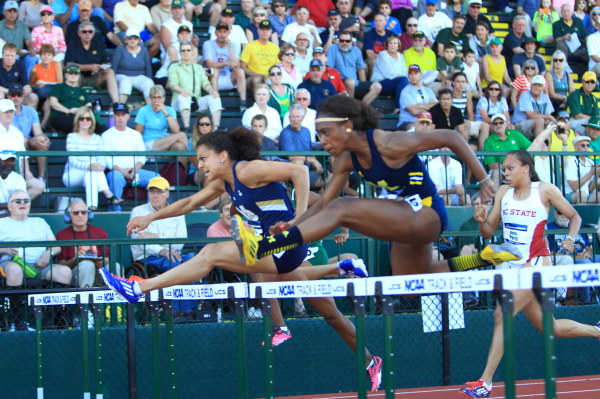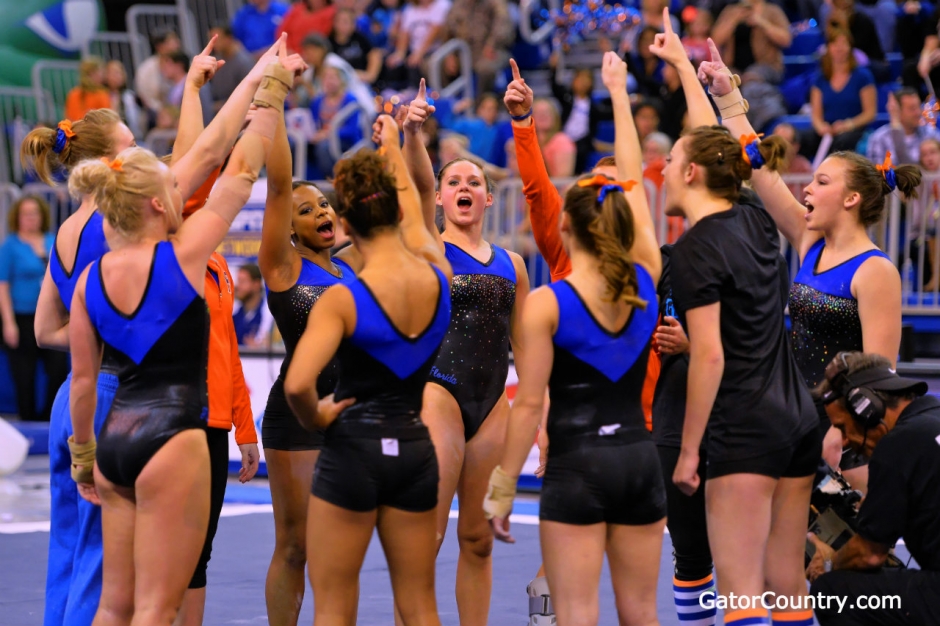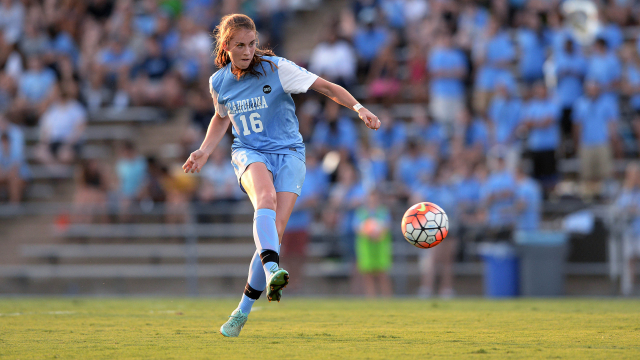Looking at a student athlete, you might think they’re livin’ the dream. Their metabolisms are so fast they can eat three waffles at the dining hall and burn through it without blinking, their teammates are a solid crew of friends, they get dope apparel, and they’ve even got some academic perks.
But the academic and athletic stress that athletes experience brings up concerns for their mental health, and there are many risk factors for eating disorders in student athletes. Numerous studies are revealing that female student athletes in particular experience stressors that result in negative body image.

Photo courtesy of und.com
Fast Facts
According to the the NCAA, eating disorders are more common in girl athletes rather than guys (just like in the rest of the population, yo) and genetic predispositions are more likely to become an eating disorder under social or cultural pressures about weight, which can happen in any sport.
Girls who are elite athletes are more likely to have an eating disorder than their classmates who swear by one spin class a week to avoid the freshman 15.
Athletic performance is part mental, part physical, and athletes are constantly using their minds to push their bodies to new levels. A lot of qualities of good athletes are super similar to symptoms of eating disorders (such as excessive exercise and high self-expectations), making it harder to tell when an athlete is struggling.
Because eating disorders can start or get worse during transition periods, freshmen athletes adjusting to a college workload and upwards of 20 hours of practice a week are especially vulnerable.

Photo courtesy of gatorcountry.com
The Sport Affects the Player
Judged and lean sports, where having a lower body weight or fat percentage is an advantage, are the most common for eating disorders.
According to the National Association of Anorexia Nervosa and Associated Disorders, eating disorders are 10% more common in judged sports, such as diving and gymnastics, than refereed sports like soccer and softball.
Gymnastics, cross-country, and diving are three lean sports where, according to a study of Division I athletes, women were more concerned with their weight and dieting than their counterparts in sports like basketball, where weight doesn’t matter.
Revealing uniforms can also lead to body dissatisfaction and eating disorders. According to the NCAA, “One study found that 45 percent of swimmers surveyed reported a revealing swimsuit as a stressor,” and skimpy volleyball uniforms hurt the players’ body images and performance on the court.
Athletic Body Image vs. Societal Body Image

GIF courtesy of giphy.com
Female athletes have two body images: the one that’s important for their sport, and the one society promotes (think: Serena Williams vs. Angelina Jolie).
Problems with body confidence can happen because of one or both of those body images. A diver may eat less to make themselves look more lean to judges, and a strong-legged soccer player might think they’re bulky compared to society’s ideal body type.
The Media is Making it Worse
If you’ve ever turned on ESPN or picked up a sports magazine, you know there’s much more coverage on men’s sports than women’s. After Title IX, more girls have participated in sports but coverage has actually decreased (even as low as 1.6% of air time on sports networks in 2009).
The media is unhelpful in promoting positive body image for young female athletes because TV and magazines tend to pay more attention to looks than athletic abilities.
In the 2012 Summer Olympics, coverage on female athletes focused on their hair and uniforms, valuing athletes’ aesthetic beauty over athletic ability, telling young female athletes that their best asset is a hot bod.
A study published in March of this year of this year found that female college athletes were more satisfied with their bodies after viewing an image of an elite female athlete in action verses a glamorized or sexualized shot, but these positive images are rare in the media.

Photo courtesy of goheels.com
Why does this matter for athletes?
Eating disorders in athletes are such a big issue because they can affect performance and even lead to Relative Energy Deficiency syndrome, which includes eating disorders, decreased bone density, and irregular menstrual cycles.
One NPR article hails that young female athletes need 3,500 calories per day. This might seem like a lot, but if female athletes don’t get enough calories to fuel their workouts, they have low energy levels and are at a higher risk for injuries, osteoporosis, and cardiovascular disease.
Friends, family, and coaches of female student athletes should know the signs of eating disorders and promote positive body image as much as academic and athletic success.


